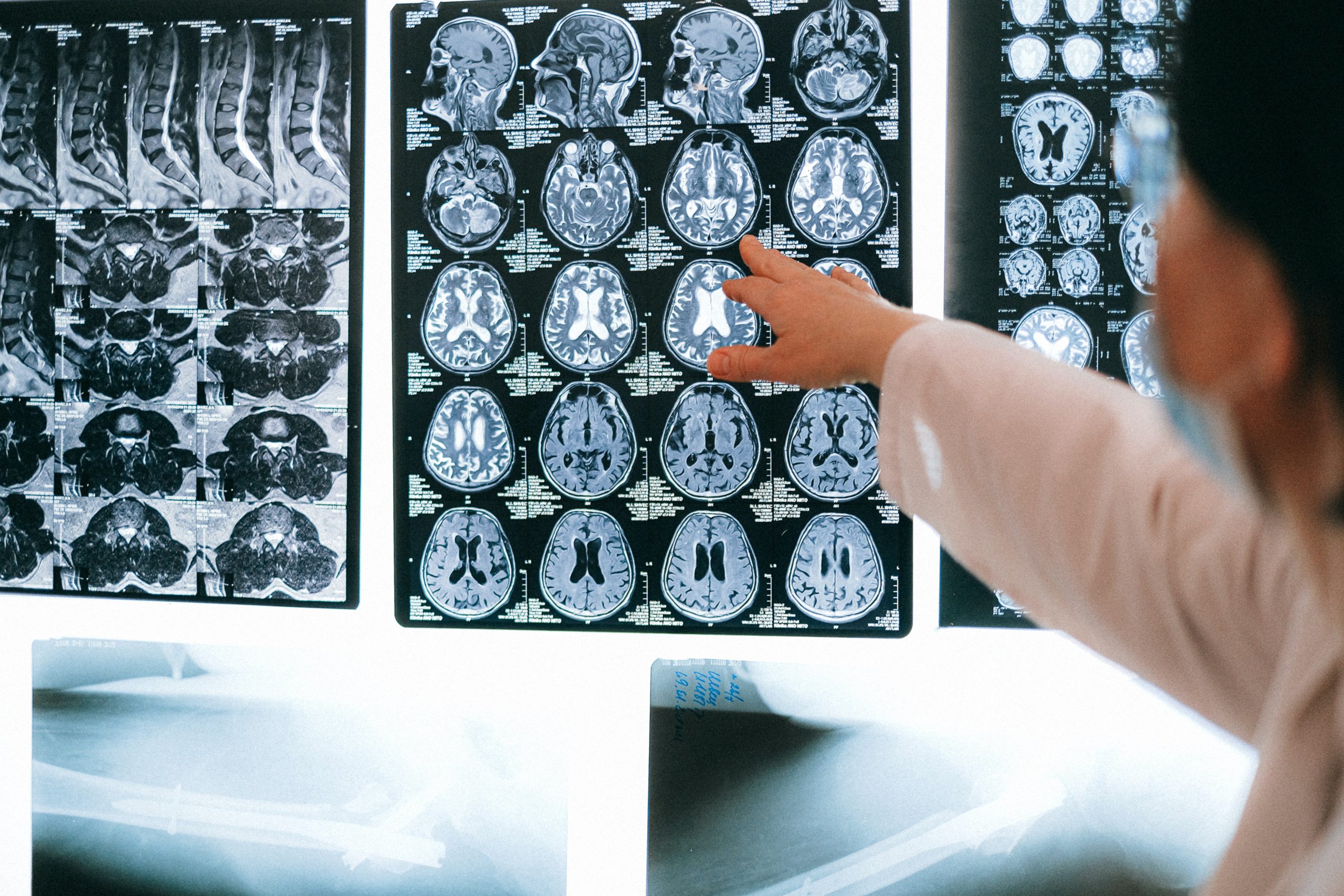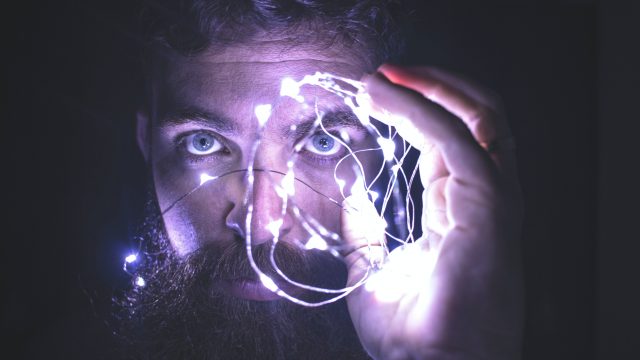Neuroscientists now believe that deep neural networks are significantly helping in the research on how brains work.
What once was deemed as “black boxes” in science, or deep-learning networks, have now been found to be good models for organising living brains.
Daniel Yamins, a postdoctoral researcher in computational neuroscience at the Massachusetts Institute of Technology, states that he remembers the exact moment they discovered a neural network that actually solved the task.
He was referring to the countless nights we would spend in the laboratory past midnight in the attempt to develop a system that replicates the way humans recognise objects with ease.
The system he designed involved a deep neural network that was inspired by the neurological wiring in a living brain.
“I was really pumped”, Yamins continues. What was accomplished by this research would have been highly noteworthy, with AI technology using the information within years. However, Yamins and his colleagues weren’t interested in this.
This accomplishment was a huge moment for Yamins and other neuroscientists involved in the development of computational models for brain functions.

Yamins and his colleague James DiCarlo are interested in making sense of the brains functions and architecture using deep neural networks alongside a coterie of neuroscientists. Scientists in this area have been invested in researching the brains specialisation for tasks.
Despite this, their questions go deeper than simply why certain areas of the brain are responsible for certain functions. For instance, they are questioning why there is a specific area of the brain that is solely responsible for not only recognising objects but faces.
In their research, it has been hypothesised that the most efficient solution to problems is deep neural networks.
On top of this, researchers believe that these deep neural networks that are responsible for classifying speech, music and stimulated scents are parallel to the olfactory and auditory systems in the brain.
For instance, this similarity is shown when we see a 2-dimensional scene, but conclude that the objects within it are 3 dimensional. This allows researchers to understand the way in which neural systems in the brain can take create optimal solutions to a given task.
MIT neuroscientist Nancy Kanwisher states that researchers at her lab had not been studying deep nets – until recently. “Now, most of them are training them routinely,” she continues.
For a long time now, scientists and researchers have been sceptical of deep neural networks and their connection to their questions.
Deep Nets and Vision
Scientists are developing artificial neural networks by building simplified biological neurons digitally by using perceptions. A deep neural network is created by hiding layers between two sandwiched perceptrons – the more hidden layers, the deeper the network.
These artificial neural networks are being trained to discern patterns in data. This includes recognising patterns in images of dogs and cats.
To train these networks, scientists are using an algorithm that adjusts the strength of connections between the perceptrons, which will lead to a connection between a given stimulus (the image) with the corresponding label (cat or dog).
Researchers hope that, with enough training, these networks may be able to identify an input that it has not been exposed to before.

Various tests have been conducted since the discovery, and cognitive neuroscientist at MIT, Josh Tenebaum, has stated that the deep-net models that have been created are “real steps of progress” – mostly for tasks involving classification and categorisation.
Tests conducted by Tenebraum and his colleagues suggest that, in order to not only instantly recognise and categorise objects but to instantly understand casual structures embedded in scenes, the brain uses a variety of recognition structures.
While the model that Tenebaum and his team created does not conclusively prove that this is the way our brains function, he says that it prompts more questions and provides ways of answering them more detailed and refined.
“It should be…motivating us to walk through it.”



































